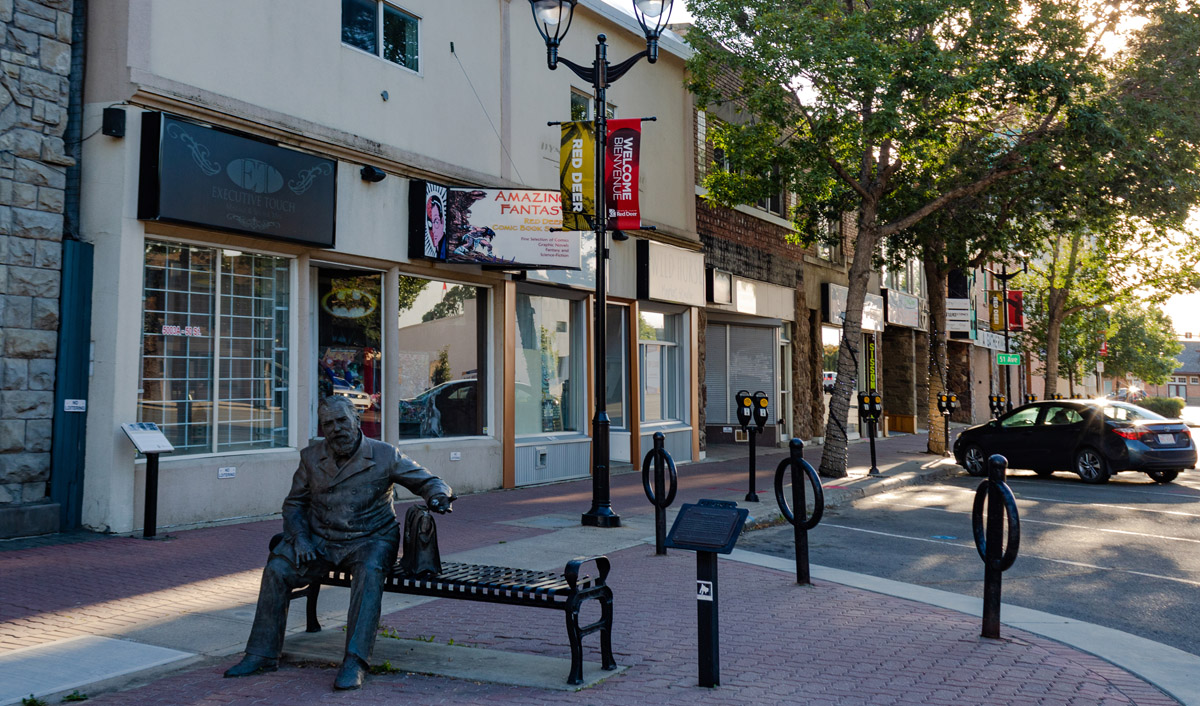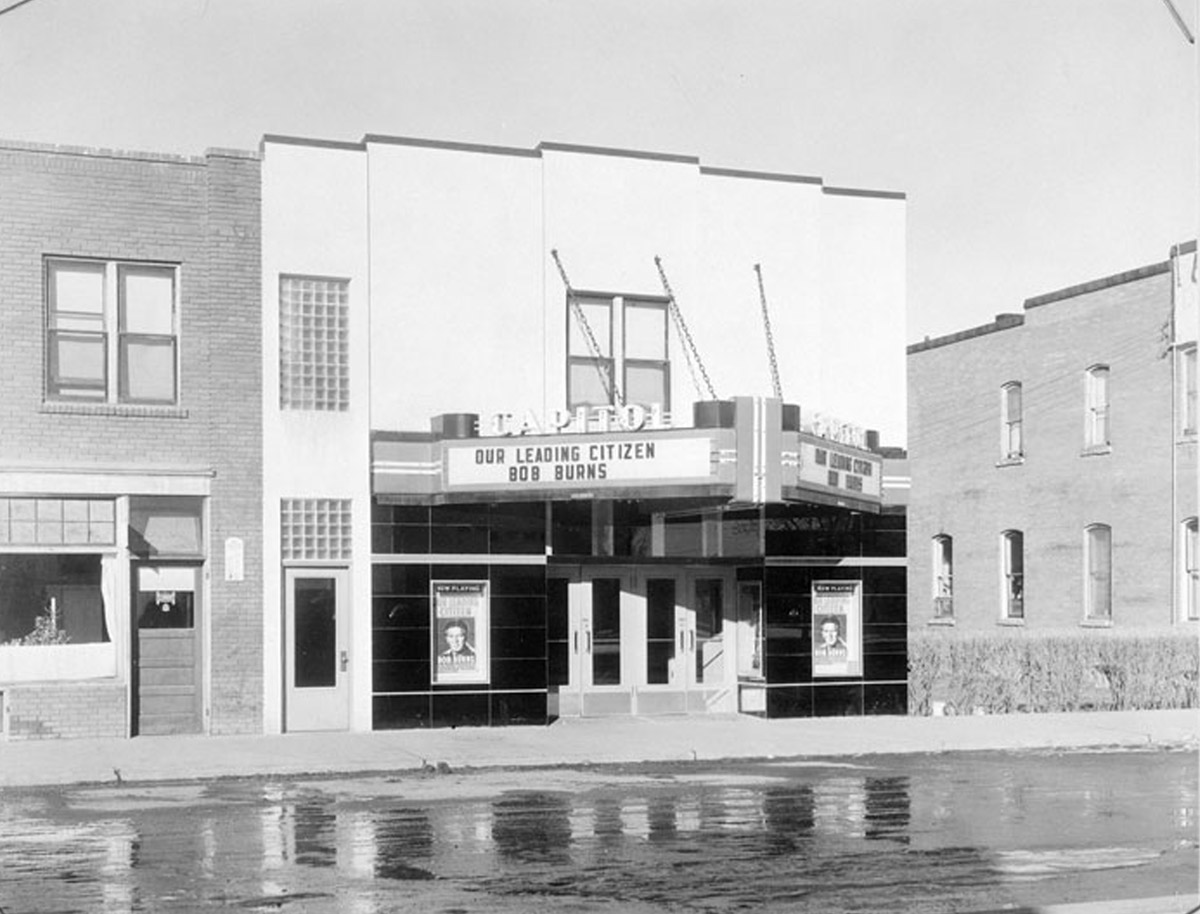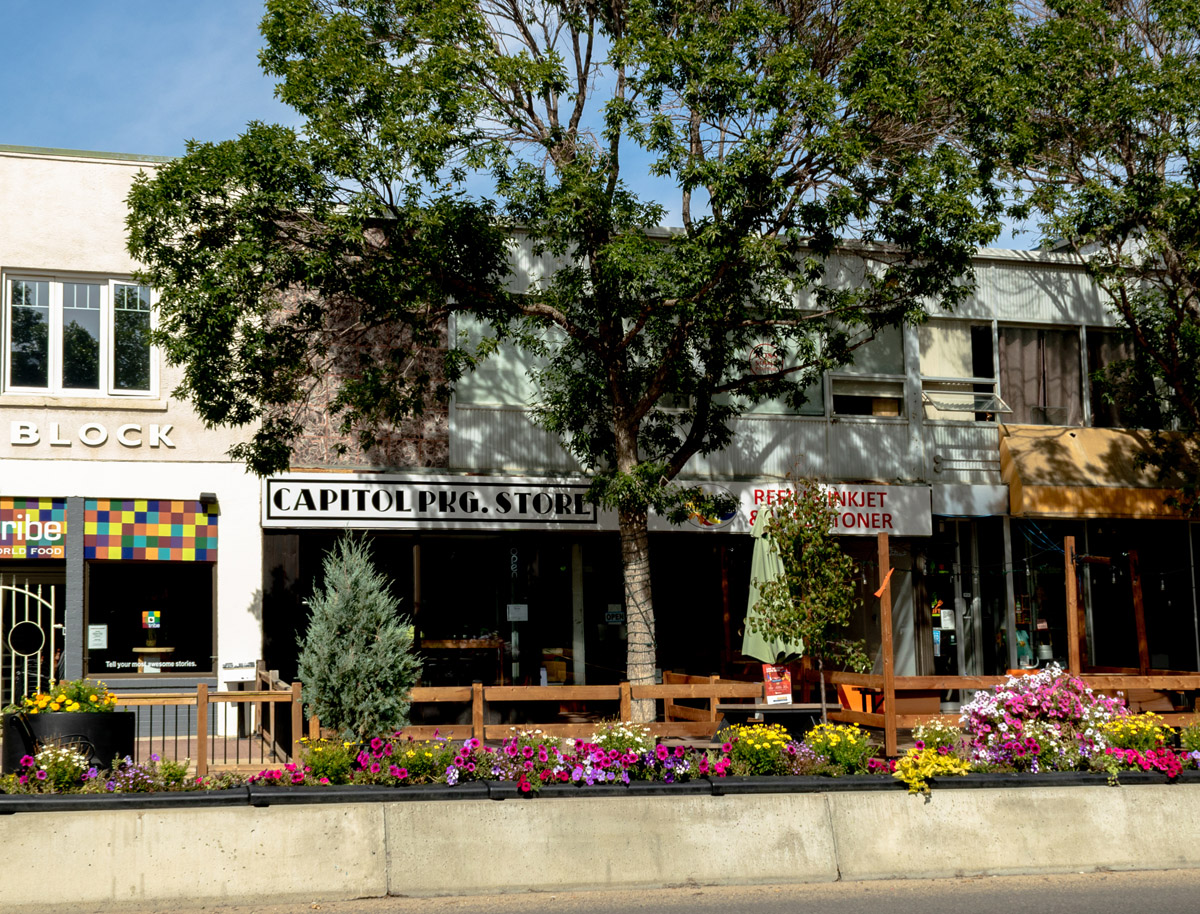Partner City
Red Deer
At the River Crossing
Red Deer's settler history stretches back to over 100 years ago when small homesteads and trading posts sprung up around the banks of the Red Deer River. The region is the traditional territory of the Siksikaitsitapi (Blackfoot Confederacy), Tsuut'ina, and Stoney Nakoda, as well as a historic gathering site for Metis and other Indigenous peoples. The name "Red Deer" got its origins through a misunderstanding on the part of British Traders who were unfamiliar with the local wildlife. The Cree called the river wâwâskêsiw-sîpiy or the anglicized spelling "Waskasoo Seepee" which translates to Elk River, however the traders mistakenly thought that the local elk were the same as the European red deer that they were familiar with. Despite the error the name "Red Deer" persisted and today graces Alberta's third largest city. Prior to the arrival of Europeans, a wide, shallow portion of the Red Deer River 7 kilometers upstream from the modern city allowed buffalo and First Nations to cross the River on their way south to Montana or north to Fort Edmonton. As the European presence in the region grew, traffic along the trail increased and a settlement coalesced around the banks of the river. The river provided water for the fertile plains that surrounded it, and mixed agriculture farms began to dot the landscape. The community boomed and slowed several times throughout the early 20th century, and became home to a military base, a care facility for the developmentally disabled with a controversial legacy, and Elsie Cassels, a naturalist who became the first female Vice-President of a Canadian naturalist Society. With the discovery of oil and gas fields nearby shortly after the war, the success of Red Deer's economy was all but assured. Despite fluctuations in the petroleum industry throughout the last several decades, it remains a major cornerstone of Red Deer's economy alongside agriculture. Today, the community continues to develop its identity as a centre for arts and culture in the heart of Central Alberta.
We respectfully acknowledge that city of Red Deer (known as mihkwâpisimosos in Cree) is located on the traditional territory of the Siksikaitsitapi (Blackfoot Confederacy), Tsuut’ina, Stoney Nakoda, and the peoples of the Treaty 6 and 7 territories. This territory is also home to the Metis Nation, and has been a gathering place for diverse Indigenous peoples for centuries
Explore
Red Deer
Then and Now Photos
Quiet Street
1891
A view looking east from the Canadian Pacific Railway station along Ross Street. Burch's general Store and the Alberta Hotel are visible.
The Alberta Hotel
1911
The Alberta Hotel in Red Deer. The Alberta was a large three story hotel on corner of Ross Street, 50 Street, and 51 Avenue. Several men in suits stand outside the entrance.
Gaetz Company
1912
A view of the Gaetz Company Limited building. The building was initially a coverall factory, it was converted into a courthouse in 1916.
Alexandra Hotel
ca. 1902 - 1910
The two-storey Alexandra Hotel on Ross and 50 Street. Several men and horses standing outside front entrance on wooden boardwalks over a muddy street.
Busy Day on Ross
ca. 1910
This photo captures a busy day on Ross Street. The Brumpton Store is the first full building on the left, the corner of the Northern Crown Bank is just visible on the far left beside it. Men and women and children of all ages line the sidewalks, excitedly peering into the shop windows.
A Well-Dressed Trio
1911
Looking south on Gaetz and 50 Avenue. The Northern Crown Bank is the second building on the right. Dr. Plaxton's office, and J.C. Moore's office are visible as well. Three elegantly dressed women walk down the right side of the street.
The Armoury
1913
The Armoury, on 49 Street (1st Street SE or Main Street) and 48 Avenue (2nd Avenue SE or Nanton Avenue), with a horse drawn buggy on the left and a man walking on the right.
Borden Visit
1915
The arch on Ross and 50 Street, built to salute the visit of the Prime Minister, the Right Honorable Sir Robert Borden. The Greene Block is in the foreground on the left, the CPR station is visible in the background.
Armistice Day
1918
A gathering of people and cars in City Square on Armistice Day, The armory is visible in the background at 4818 49 Street.
Courthouse Construction
1930
The Red Deer Court House under construction at 4836 50 Street Ross Street.
Capitol Theatre
Library and Archives Canada PA119486
ca. 1930s - 1940s
In 1938, Percy Wightman Johnson and Robert Morris Beatty acquired the Crescent Bowling Alley building and converted it into the Capitol Theatre. No expense was spared in the new Capitol Theatre which seated between 450 – 500 people. The new building had exterior neon tube lighting, and black vitrolite glass readograph display letters. Inside it had 2 projectors, the latest in RCA sound equipment for perfect sound anywhere in the auditorium and air conditioning. The first movie shown in the Capitol Theatre was “Out West with the Hardy’s” on December 22, 1938. It closed in 1960.
Ross Street View
June 21, 1940
Ross Street looking east from 51 Avenue, Red Deer, Alberta. Visible on the left is an unknown cafe. The Cenotaph is visible in the background. On the right is the Buffalo Hotel and Cafe, Brown Drugs, Royal Cafe, Club Cafe, H. H. Humber Jeweller and Optician, Leonards Billiards and Bowling,

































